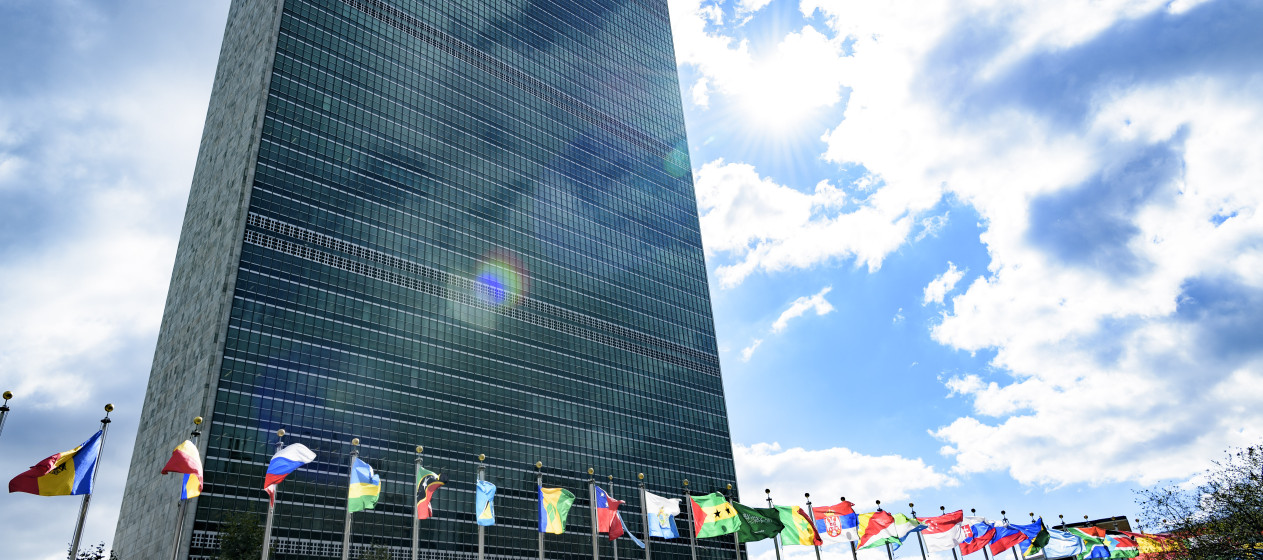Has the International War on Drugs Failed?
Is the international war on drugs failing? Ann Fordham seems to think so. Fordham is the Executive Director of the International Drug Policy Consortium (IDPC), an international network of 177 Nongovernmental organizations. “The global drug market is larger and more robust than ever despite the millions of dollars ploughed into supply reduction and harsh law enforcement,” Fordham said. Her feelings are echoed in the IDPC’s “Shadow Report,” a report which examines the results of the international illicit drug regulations that were proposed by the United Nations in 2009.
The U.N. Office on Drugs and Crime (UNODC) put forward a Political Declaration and Plan of Action in 2009 that proposed directives for countering the international illicit drug trade. The 2009 declaration set 2019 as the target to reduce or eliminate:
- “The illicit cultivation of opium poppy, coca bush and cannabis plant”
- “The illicit demand for narcotic drugs and psychotropic substances; and drug related health and social risks”
- “The illicit production, manufacture, marketing and distribution of, and trafficking in, psychotropic substances, including synthetic drugs”
- “The diversion of and illicit trafficking in [drug] precursors”
- “Money-laundering related to illicit drugs”
The UNODC will be meeting in March 2019 to reexamine the international illicit drug industry. The IDPC’s report serves as a precursor to those meetings. The IDPC’s report claims to show that “the targets and commitments made in the 2009 Political Declaration and Plan of Action have not been achieved, and in many cases have resulted in counterproductive policies.”
Regarding the report, Fordham said, “in addition to putting this compelling data before governments as they deliberate the outline for the way forward beyond 2019, the report also outlines new indicators for assessing drug policy progress and impacts, in line with the Sustainable Development Goals and the protection of human rights.”
The Contents of the IDPC Report
The IDPC report responds to each of the targets set out in the UNODC declaration. The report notes that “data from the United Nations Office on Drugs and Crime (UNODC) shows no reduction in the global scale of cultivation of opium, coca and cannabis between 2009 and 2018.” Likewise, the IDPC report also notes that “the overall number of people aged 15 to 64 who used drugs at least once in 2016 is estimated at 275 million, representing a 31% increase since 2011” and that “the number of drug-related deaths surged by 145%, from 183,500 deaths in 2011 to 450,000 in 2015.”
While the UNODC declaration directs U.N. member states to take steps to reduce the “production, manufacture, marketing and distribution of, and trafficking in, psychotropic substances, including synthetic drugs,” the IDPC report claims that these issues have not been adequately handled – in fact, these issues have worsened. “Available UN data shows ongoing production and use of methamphetamines across the world with an expanding market … In parallel, between 2009 and 2017, over 800 new psychoactive substances (NPS) have emerged on the global drug market, while the UNODC states that the illegal use of prescription drugs has reached record levels in various parts of the world, especially North America,” the IDPC report states.
The UNODC declaration also directs U.N. member states to reduce or eliminate the trafficking of illicit drug precursors, the chemicals which are used in the production of illicit drugs. Again, the IDPC report claims that the international community as a whole has failed to fulfill this directive. Although the seizure of precursor chemicals used in the production of cocaine has increased massively, global cocaine production has nonetheless risen by 44% since 2009, the report claims.
The IDPC report responds to the UNODC declaration’s target to reduce money laundering related to illicit drugs by stating, “although tighter national, regional and global policies and regulations have been adopted to counter money-laundering, the amount of money laundered globally each year amounts to US$ 800 million to 2 trillion, representing 2 to 5% of global GDP – with a quarter of overall revenues of transnational organized crime proceeding from drug sales.”
What Now?
The IDPC’s report presents some dismal results in the months before the next UNODC meeting. Fordham recognizes that some progress has been made in regard to illicit drug polices – as she put it, “in recognition of the failure and harms of prohibition, some jurisdictions have moved to legally regulate cannabis for adult recreational use – notably Canada’s policy came into force just last week.” However, Fordham also acknowledges that there were an estimated 27,000 extrajudicial killings in the Philippines under President Duterte’s strict illicit drug laws.
Fordham looks to the future, and remarks that “next March, we hope that governments will acknowledge the disastrous human rights impacts of the last decade (and beyond) and openly admit that there is no progress to speak of towards eliminating the global drug market.” Furthermore, Fordham says that “it is time to move away from damaging ‘drug-free’ goals and failed repressive policies, and to define meaningful targets based on ensuring health, human rights, human development and peace and security. Anything less would be a gross dereliction of duty and a recipe for more blood spilled in the name of drug control.”


